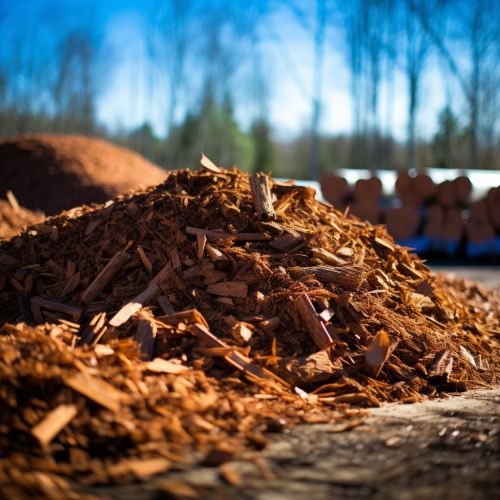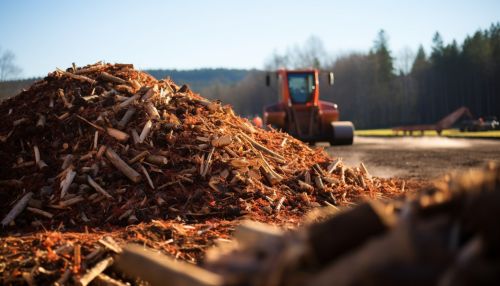Animal Waste Biomass
Introduction
Animal waste biomass, also known as livestock waste, is a type of biomass that is produced by animals during their life cycle. This waste can be used as a source of energy, and it is often processed into biofuels or used in other forms of renewable energy production. The use of animal waste biomass in energy production can help to reduce the environmental impact of animal farming, while also providing a sustainable source of energy.


Animal Waste Production
Animals produce a significant amount of waste during their life cycle. This waste can be in the form of solid waste, such as manure, or liquid waste, such as urine. The amount of waste produced by an animal can vary depending on the species, diet, and living conditions of the animal. For example, a dairy cow can produce up to 120 pounds of manure per day, while a chicken can produce around 0.2 pounds of manure per day. This waste is often collected and stored in manure storage facilities, where it can be processed into biofuels or used in other forms of renewable energy production.
Processing of Animal Waste Biomass
The processing of animal waste biomass into biofuels involves several steps. First, the waste is collected and transported to a processing facility. Here, the waste is often dried to reduce its moisture content, making it easier to handle and process. The dried waste is then subjected to a process called anaerobic digestion, where it is broken down by microorganisms in the absence of oxygen. This process produces a gas known as biogas, which is primarily composed of methane and carbon dioxide. Biogas can be used as a fuel for heating and electricity generation, or it can be further processed into biofuels such as biodiesel or bioethanol.
Benefits of Animal Waste Biomass
There are several benefits to using animal waste biomass as a source of energy. First, it provides a sustainable source of energy that can help to reduce our reliance on fossil fuels. Second, it helps to reduce the environmental impact of animal farming by providing a use for the waste produced by animals. This can help to reduce the amount of waste that ends up in landfills or is released into the environment. Finally, the use of animal waste biomass in energy production can provide a source of income for farmers, who can sell their waste to biofuel producers.
Challenges and Limitations
While there are many benefits to using animal waste biomass as a source of energy, there are also several challenges and limitations. One of the main challenges is the collection and transportation of the waste. This can be difficult and costly, especially for small-scale farmers who may not have the necessary equipment or resources. Additionally, the processing of animal waste biomass into biofuels can be a complex and costly process, requiring specialized equipment and facilities. Finally, there are also environmental concerns associated with the use of animal waste biomass, such as the potential for water pollution if the waste is not properly managed.
Conclusion
Animal waste biomass is a valuable resource that can be used in the production of renewable energy. While there are challenges and limitations associated with its use, the benefits of using animal waste biomass as a source of energy are significant. With continued research and development, the use of animal waste biomass in energy production could become a more common and sustainable practice in the future.
